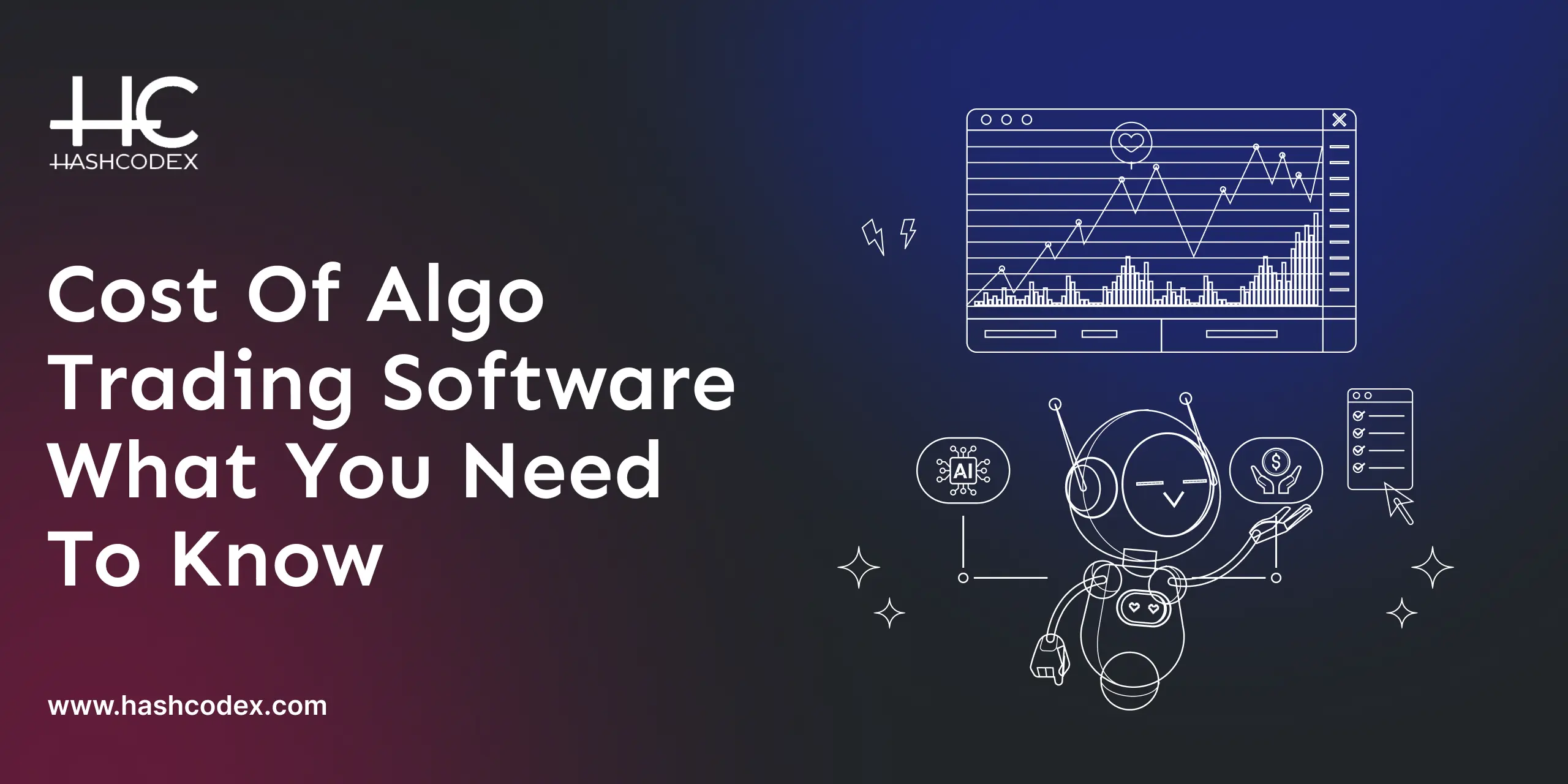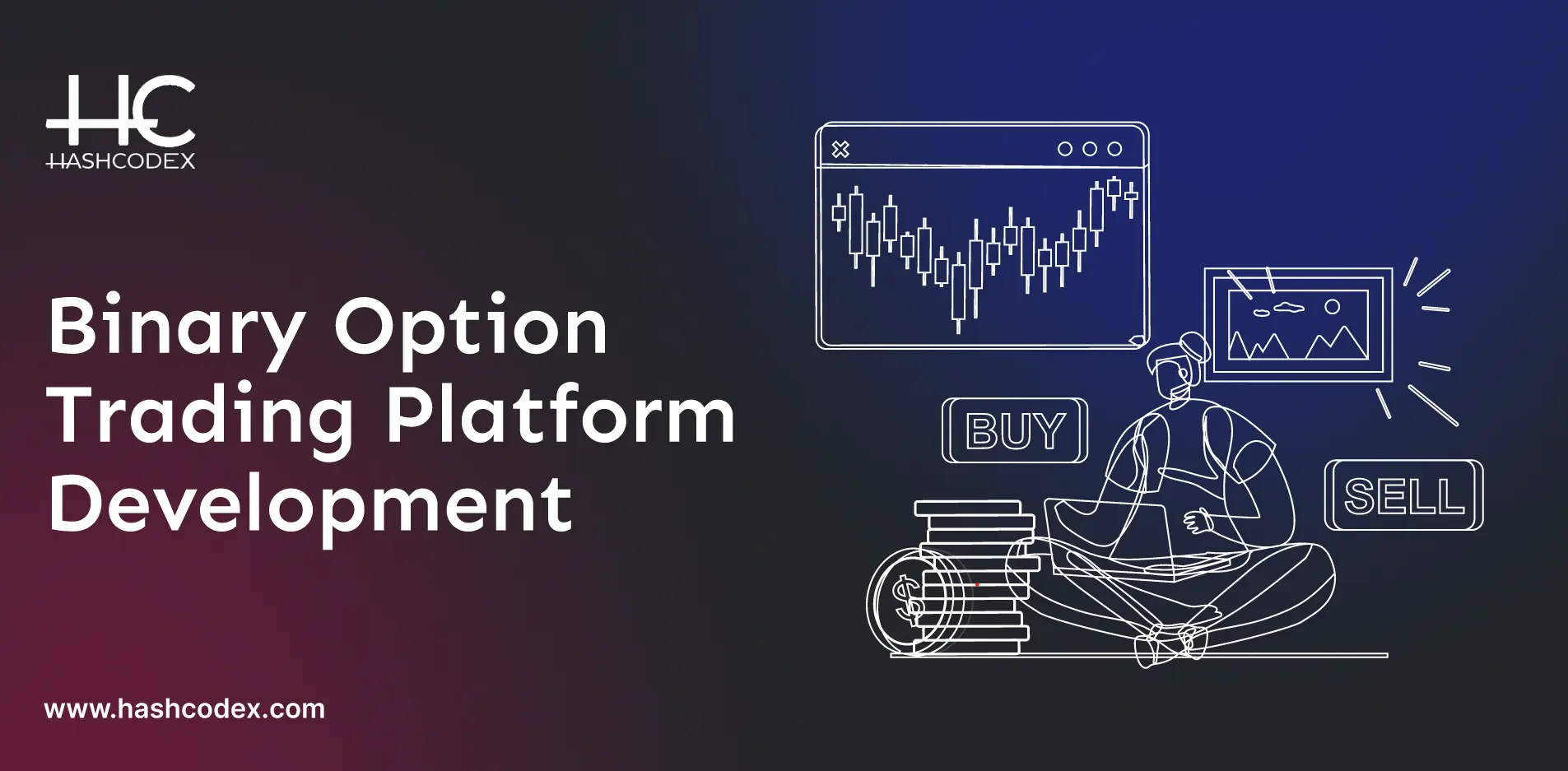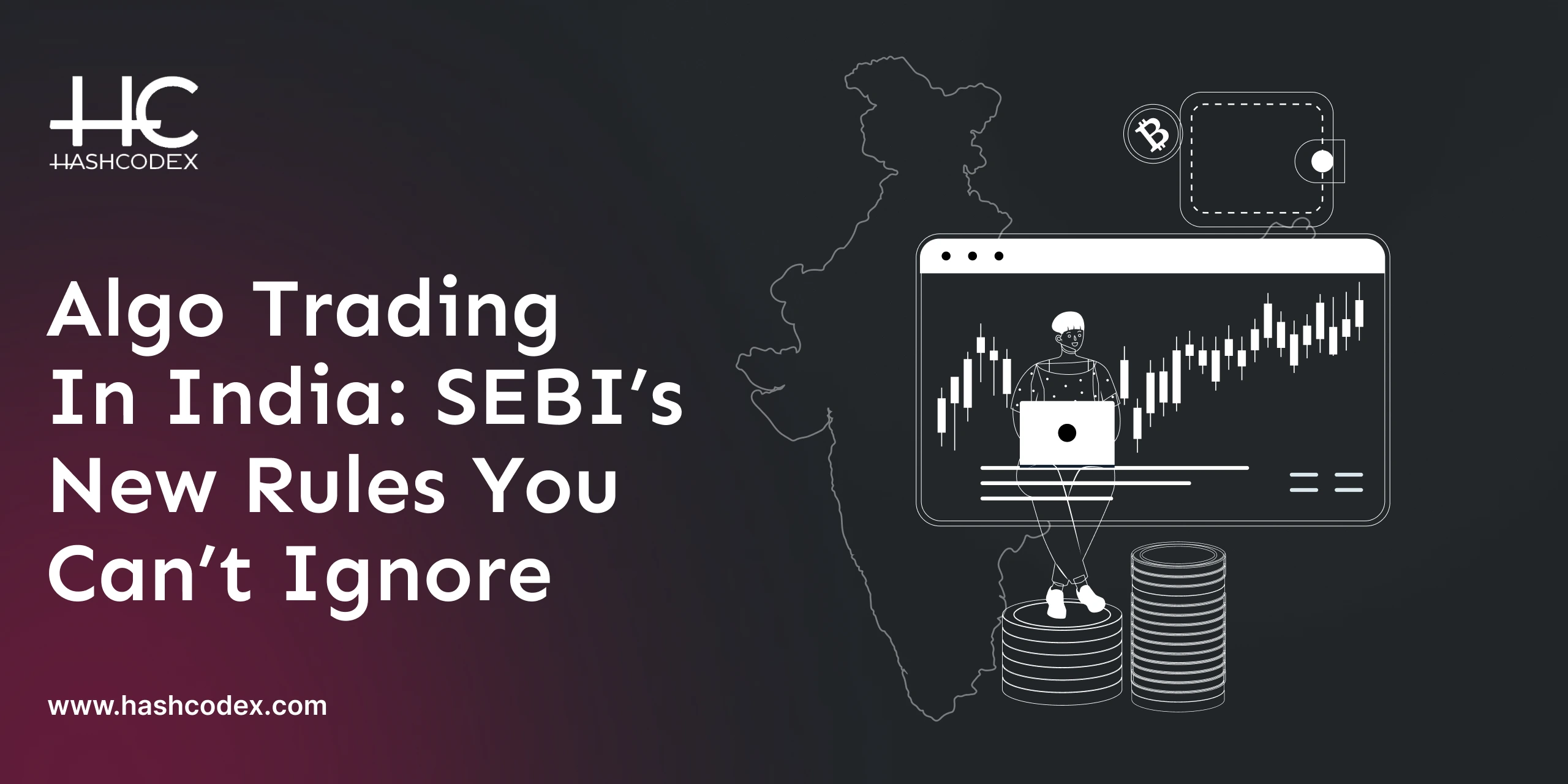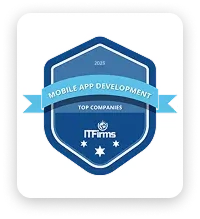No matter what you buy, whether it’s a car, a phone, or software, the first question everyone asks is…
“How much does it cost?”
That is normal, right? Everyone thinks the same.
Today, we are going to talk about the cost of algorithmic trading software.
You may have some questions like…
- Are there any hidden costs?
- What about customization? Does it cost extra?
- Are there any maintenance charges?
Don’t worry, we will answer all of these. You can get the full details either by reading this blog or by setting up a meeting with our experts.
And here’s the best part… at the end, we also share smart tips to reduce the cost and get the most value from your investment.
So let’s get started and see how you can save money while getting the perfect algo trading software!
What Is Algo Trading Software?
Algo trading software helps traders and entrepreneurs automate buying and selling assets using pre-set rules, saving time and making faster, smarter trades. It can analyze market data, spot trends, and execute trades in milliseconds, much faster than humans.
Key features often include strategy backtesting, instant data processing, risk management tools, and API integration with broker platforms. Algorithmic trading systems can detect opportunities that human traders often miss by using advanced mathematical models and analyzing live data.
How Much Does It Cost To Develop An Algo Trading Software?
The cost of algo trading software development ranges between $15,000 and $150,000 or more based on the features, complexity, development team, and technology. Here's a complete price breakdown of each step in the development process:
1. Requirement Analysis & Planning
This is where your business idea becomes a technical blueprint. It includes choosing the target market, identifying main features, selecting the right tech stack, and aligning the product with legal requirements.
- Estimated Cost: $2,000 – $5,000
- Why it matters: Setting a clear plan from early on helps avoid costly mistakes later.
2. Trading Engine Development
This is the core of your software, the engine that runs trading algorithms, processes market data, executes trades, and manages risks in real time.
- Estimated Cost: $10,000 – $40,000
- Why it matters: This is your product's performance core; any delay here affects user trust and platform credibility.
3. User Interface (UI) & Admin Dashboard
While the frontend displays live data and user activities, the admin panel allows you to control user permissions, monitor trade activity, and evaluate system condition, all of which are important for platform owners.
- Estimated Cost: $5,000 – $15,000
- Why it matters: A clean, responsive UI improves adoption and reduces support load.
4. Broker & Exchange API Integration
To execute trades, your platform must connect with brokers or exchanges. The integration should support live order placing, data synchronization, and error management.
- Estimated Cost: $5,000 – $15,000
- Why it matters: Without reliable API access, your software can't run live in the market.
5. Backtesting & Simulation Module
Allow users to test strategies using historical data before launching live. This provides value to your product and reduces the turnover of clients.
- Estimated Cost: $3,000 – $10,000
- Why it matters: An important feature for attracting real users to your platform.
6. Security & Compliance Framework
As a financial product owner, you have to protect user data and ensure compliance with trade regulations.
- Estimated Cost: $2,000 – $7,000
- Why it matters: Trust and legal standards have a direct impact on your ability to grow and collaborate with institutions.
7. Quality Assurance, Testing & Deployment
Before launch, the product must undergo intensive functional and load testing. Once stable, it is deployed on an adaptable platform such as Amazon Web Services or Google Cloud.
- Estimated Cost: $3,000 – $8,000
- Why it matters: An easy, bug-free launch increases user trust and product reputation.
8. Post-Launch Maintenance & Ongoing Support
Your software needs regular upgrades, system monitoring, and ongoing feature development to remain competitive.
- Estimated Cost: $500 – $2,000/month
- Why it matters: Long-term success is based on stability, support, and adaptation to market changes.
Here’s the quick overview of algorithmic trading software development cost & timeline:
Total Development Cost Estimate:
| MVP (Minimum Viable Product) | $15,000 – $30,000 |
| Scalable Mid-Level Platform | $30,000 – $70,000 |
| Advanced Full-Featured Solution | $70,000 – $150,000+ |
New plans. New projects. New results. Or just another scroll
session. You choose the story.
Must-Have Features Every Algo Trading App Needs
If you want to develop an algorithmic trading app, selecting the proper features is key to success. These features enhance usability, attract more users, and influence development costs. Here are the most demanded features your app should have:
Dashboard
The dashboard provides users with an up-to-date view of their trades, strategy, and market data. It should be clean, engaging, and configurable to support quick decision-making.
Portfolio Management
This feature allows users to easily track their holdings, earnings, and risk exposure. Adding filters, sorting tools, and auto-update options improves the experience even better.
Live Market Data
Real-time market data is the core of every trading software, helping users to act immediately. It must provide correct pricing, volumes, and trends to enable rapid, smart choices.
Advanced Trading Functionality
It supports smart order types, including limit, stop-loss, and strategy-based execution. A powerful execution system ensures faster transactions and a better user experience.
Fund Transfer
Allow users to deposit and withdraw funds safely within the app using trusted payment methods. Simple, secure trade builds trust and increases app engagement.
Watchlist (Checklist)
Helps clients keep and track of their preferred stocks or assets in one place. This saves time and makes the software more customized and easier to use.
Notifications & Alerts
Send instant notifications for price changes, trading signals, and custom events. Keeping users updated instantly improves engagement and trade efficiency.
Including these essential features enhances your app's power, usability, and market competitiveness. Start with a solid base, then add new features as your platform grows.
Tips To Reduce Algorithmic Trading Software Development Cost
Building algorithmic trading software might seem expensive, but with smart planning, you can save costs without sacrificing quality. Whether you're a startup or scaling a trading platform, here are some practical tips to keep your development budget under control:
Start with an MVP (Minimum Viable Product)
Focus on developing only the most important features first, such as the trading engine, dashboard, and API integration. Launching a simple, working version helps you to test the market early and save on upfront costs.
Use Pre-Built Modules
Use reputable third-party tools or open-source libraries for features such as charting, analytics, and data feeds. These modules accelerate development and reduce total coding expenses while maintaining quality.
Outsource to Skilled Team
Hiring an experienced development team in areas like India might considerably reduce expenses. To minimize delays or errors, ensure that the team has previous experience with fintech or trading applications.
Avoid Over-Engineering
Don't overload your app with unnecessary features in the first version. Each additional feature increases development time, testing, and long-term maintenance costs. Focus on what delivers the most value to your users right from the beginning.
Use Agile Development Method
Break down the project into small, achievable sprints. This keeps work focused, allows for early testing, and helps you identify problems before they become costly. It also supports you in changing features depending on feedback during the development process.
Plan for Maintenance & Updates
Set up a monthly budget for ongoing support instead of depending on last-minute changes. Regular maintenance reduces the probability of breakdowns, maintains stable operation, and keeps your platform safe and up to date.
Avoid Licensing Traps
Be aware of software applications or services that have major ongoing costs. Choose one-time payment options or open-source alternatives, where possible, to control repeated expenses. This helps you reduce long-term expenses, particularly while growing.
Bonus Tip:
You can also reduce the development cost by partnering with an affordable and experienced algo trading software development company that understands your requirements and delivers quality solutions within budget.
Conclusion
Building your own algo trading software is a wise decision, but it doesn't have to be too costly. With a proper plan, smart feature decisions, and the right development team, you can create a high-quality app that fits within your budget.
Start small, focus on what really matters, and scale as you grow. Whether you’re launching an MVP or a full-featured platform, staying focused on your goals will help you save time, money, and effort.
Need expert help? Hashcodex is here to support you. We offer budget-friendly, reliable algorithmic trading software development solutions customized to your needs. With our fintech expertise, fast delivery, and end-to-end support, you get everything you need to build smart and launch with confidence.
Contact us! Let’s build your own trading platform without overspending!











